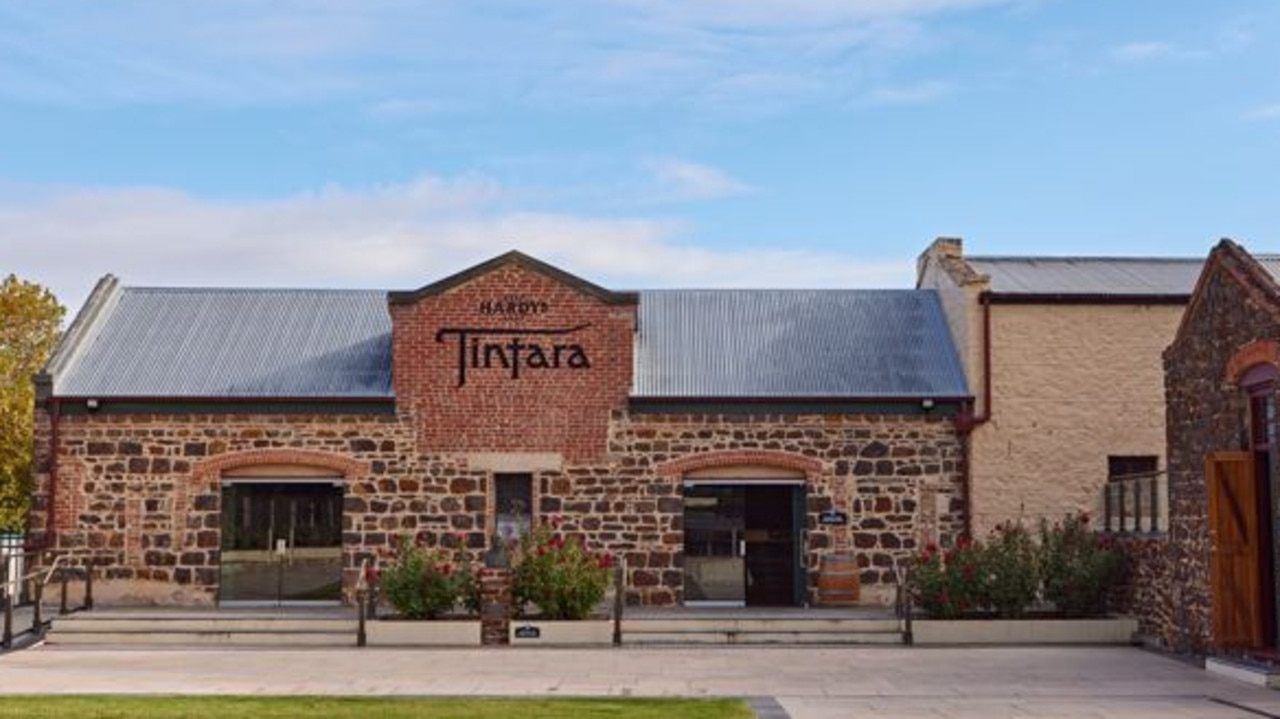Rio’s risky Guinea iron ore play a threat to Pilbara
Rio’s decision to build another iron ore mine in Guinea - to compete directly with its mines in the Pilbara - is shaping up as another risky move.

Business
Don't miss out on the headlines from Business. Followed categories will be added to My News.
The British-controlled Rio Tinto has now formally doubled-down on iron ore - and also, seemingly unknowingly to its own board of directors, ultimately also China and coal.
There was a certain irony in the formal commitment to a major new iron ore mine - not in the Pilbara, but in Guinea, on the other side of Africa, the side closest to London - coming just two days after the death of Sir Rod Carnegie.
As I wrote yesterday, when he was chairman and CEO of the local CRA, Sir Rod succeeded in wrenching control of CRA, and all its Australian mines, back from Rio and London, to CRA and Melbourne.
The ‘wrenching’ would ultimately prove relatively short-lived, as the Howard government allowed Rio to completely take over CRA, and move all decision-making straight back to London.
Fortunately, that hasn’t happened at BHP.
For would we really want all the decision-making about our most important relationship with our - way and by far - most important economic partner, to be made in London?
By people with little knowledge or understanding of its complexities and subtleties, and even less direct personal exposure to Australia?
This decision by Rio to build another iron ore mine in Guinea - to compete directly with its (and BHP’s) mines in the Pilbara - was redolent of a decision unhinged from the Australian national interest, made in London.
Now, it might be argued that the mine was “always going to be built, anyway”; so better - better for Rio and indirectly, maybe, for Australia – that Rio did the building.
Except Rio only ends up with less than a quarter of total output. Its expertise will put an extra 100m tonnes of ‘other people’s’ iron ore into the market to compete with it, BHP and Brazil’s Vale.
Rio is of course already ‘long’, very long, iron ore - and China and China’s use of coal.
Albeit, not anywhere near as long as Twiggy Forrest’s Fortescue which is 100 per cent - lower-grade - iron ore; and so, extremely vulnerable to more Rio and BHP-quality ore to be coming out of Guinea.
In Rio’s case, last year it got 60 per cent of its group revenue and 78 per cent of its gross profit from iron ore.
This is all - and the same goes for BHP and Fortescue - dependent on China’s voracious appetite for the basic inputs to steel-make: iron ore and, cough, cough, coking coal.
China produces more than 1.1bn tonnes of steel a year - more than half the world’s total.
Now, Rio (and BHP) blather on about ‘de-carbonising’ the world’s steel industry; Rio was at it again yesterday.
That’s as big a fantasy as “the world will switch entirely to wind and solar”.
China is going to close all its blast furnaces?
Yeah. Sure. Straight after its coal-fired power stations.
Now, the commitment to Guinea is nowhere near as idiotic and potentially catastrophic as the - very London-based - decision by Rio to buy Alcan.
But it has major potential to become as messy as Rio’s Oyu Tolgoi buy in Mongolia, with very complex relationships.
Originally published as Rio’s risky Guinea iron ore play a threat to Pilbara



